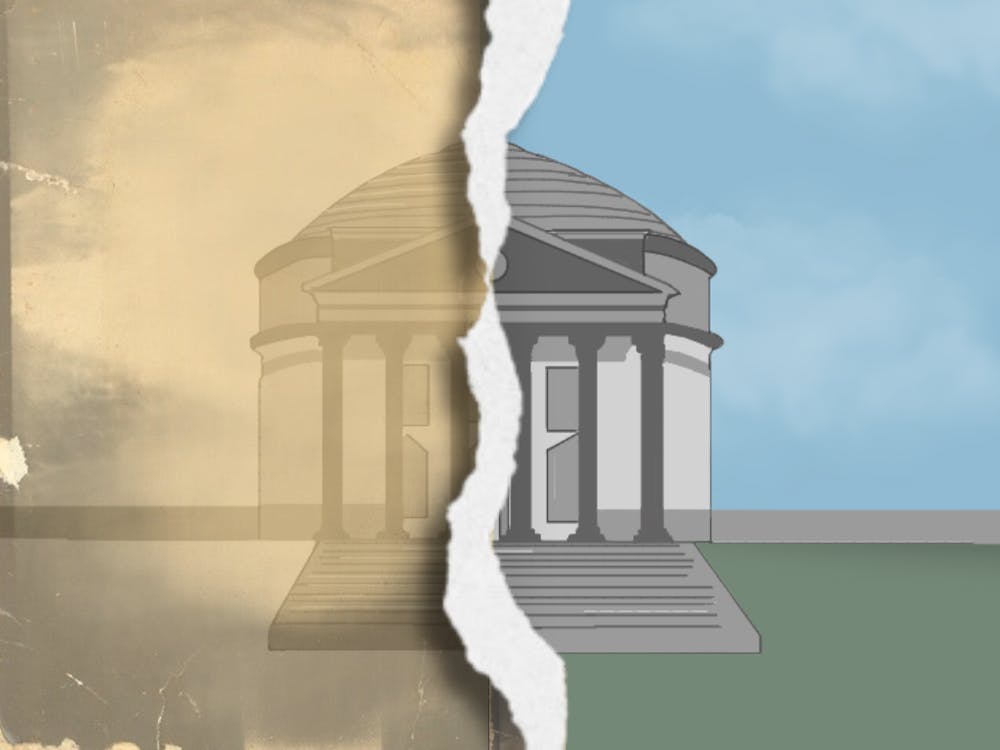NUCLEAR disasters such as Three Mile Island, Chernobyl and Fukushima often erode public support in nuclear power, and for good reason. Yet in the United States, government support for nuclear energy remains alive and well, largely thanks to the influence of nuclear power lobbyists, industry friends in Congress and a politically invested executive leadership. However, the recent disaster in Japan has provided Americans an opportunity to reevaluate the justifications for expanding the nuclear energy program in the future. Nuclear energy is one solution for the nation's energy problems, but it is hardly the only answer.
Proponents of nuclear power often have made their case for a nuclear energy future by pointing to nuclear power as the true "green" energy option because it does not produce carbon dioxide. According to the Nuclear Energy Institute, nuclear energy cuts global carbon dioxide emissions by 2.5 billion metric tons a year. But even without accounting for the decades long environmental degradation that results from a nuclear disaster like Fukushima, one hardly can defend nuclear power as green.
Over twenty years and a billion dollars after Yucca Mountain in Nevada was first proposed as a repository site, there is still no solution for the lethal radioactive waste produced by our nuclear reactors every year. Uranium mining is hardly what one could call green either. In reality, nuclear energy as a green energy solution is a campaign slogan for a wealthy industry that has been working for years to steer American public opinion toward nuclear technologies.
As seen most recently with the Deepwater Horizon Gulf Coast tragedy and the 2008 financial crisis, the American government has also had its fair share of regulatory failures. It is rather insincere to claim that nuclear power is properly regulated in the United States when political decisions regarding nuclear power are directly tied to economic interests. Nuclear energy only gained its resurgence in 1997, thanks to extensive lobbying efforts and million dollar campaign contributions by the nuclear power industry. Prior to then, nuclear power had fallen out of favor among the American public following the Three Mile Island and Chernobyl disasters.
Over the last decade, however, the Nuclear Energy Institute and other nuclear industry firms have handed out tens of millions of dollars in campaign contributions and for lobbying efforts. President Obama himself was a recipient of nuclear power campaign contributions, which might help explain his continued support of nuclear power despite rising concerns about nuclear safety since Fukushima.
Even more telling though is the Price-Anderson Act, reauthorized by Congress in 2005. The act places risk in the hands of American taxpayers by limiting corporate financial liability to a specified amount in the event of a nuclear disaster. So, if and when the next nuclear tragedy strikes on American soil, it will be the taxpayers paying the bailout. Sound familiar? Well, as long as the nuclear power industry keeps the cash flow open, an honest debate about nuclear power may be hard to find.
Regulatory weaknesses aside, we also must question whether nuclear power is as safe as it is made out to be. Many of America's 104 nuclear power stations have not had proper risk assessments or seismic and environmental studies done before being relicensed. In California, for example, the Diablo Canyon nuclear power station is positioned on a bluff overlooking the Pacific Ocean. The plant sits on active seismic zones and is only half a mile from the newly discovered Shoreline Fault. Yet federal regulators continue to insist that the plant is safe and that relicensing of its two reactors should proceed as planned, without new seismic studies.
Also on the table is the potential for nuclear proliferation. Nuclear enrichment plants can be fraudulently employed to develop nuclear weapons materials, and currently there are limited regulations in place to mitigate this possibility. Such was the case in 1974, when India tested a nuclear device using plutonium produced in its CIRUS nuclear reactor in Trombay, India. Nuclear expansion and experimentation, regardless of peaceful intentions, unintentionally can provide dangerous materials to countries seeking to develop nuclear weapons outside of international agreements such as the Nuclear Non-Proliferation Treaty, signed in 1968.
For now, the future of nuclear power in the United States hangs in the balance. President Obama insists that nuclear power be a part of the United States' energy future. Other western countries, however, have reacted differently. As a result of the Japan nuclear crisis, Germany has done an about-face on its nuclear program, and German Chancellor Angela Merkel - a trained physicist - called for a moratorium on nuclear power expansion. Merkel also called for the immediate shutdown of seven of Germany's oldest nuclear power stations.
It is important that Americans critically reconsider their investment in nuclear energy. Doubts about America's nuclear energy future are not a knee-jerk reaction. Alternative and renewable energy technologies have yet to be explored and are much safer options.
Ashley Chappo's column usually appears Wednesdays in The Cavalier Daily. She can be reached at a.chappo@cavalierdaily.com.






